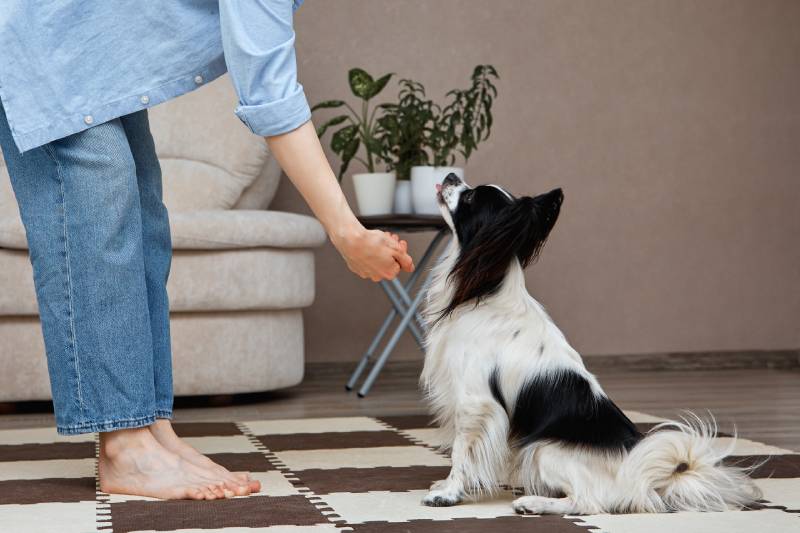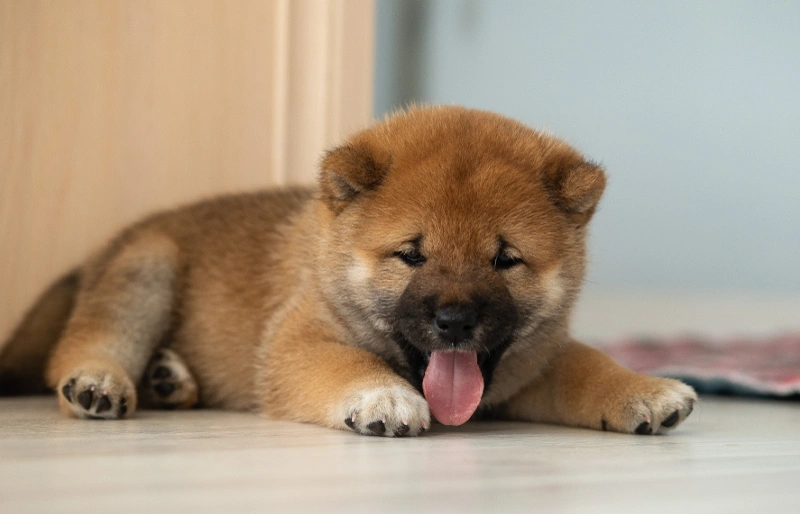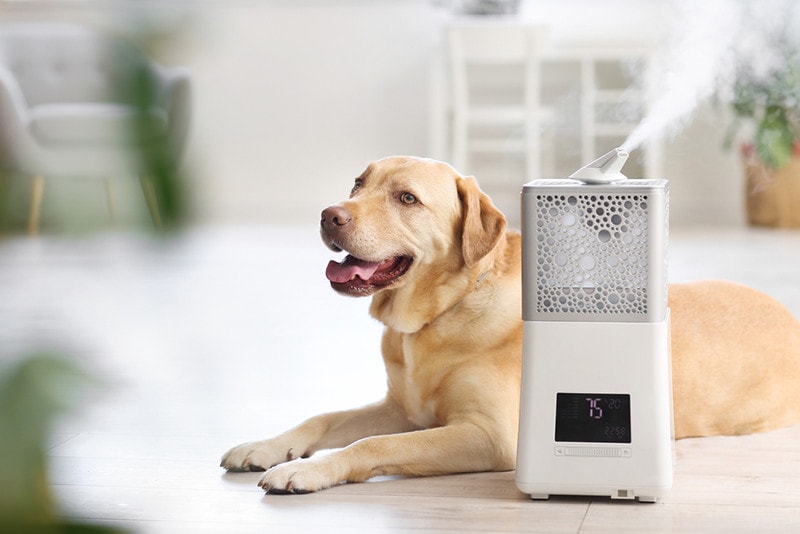12 Dog Breeds with High Separation Anxiety: A Brief Overview
Updated on
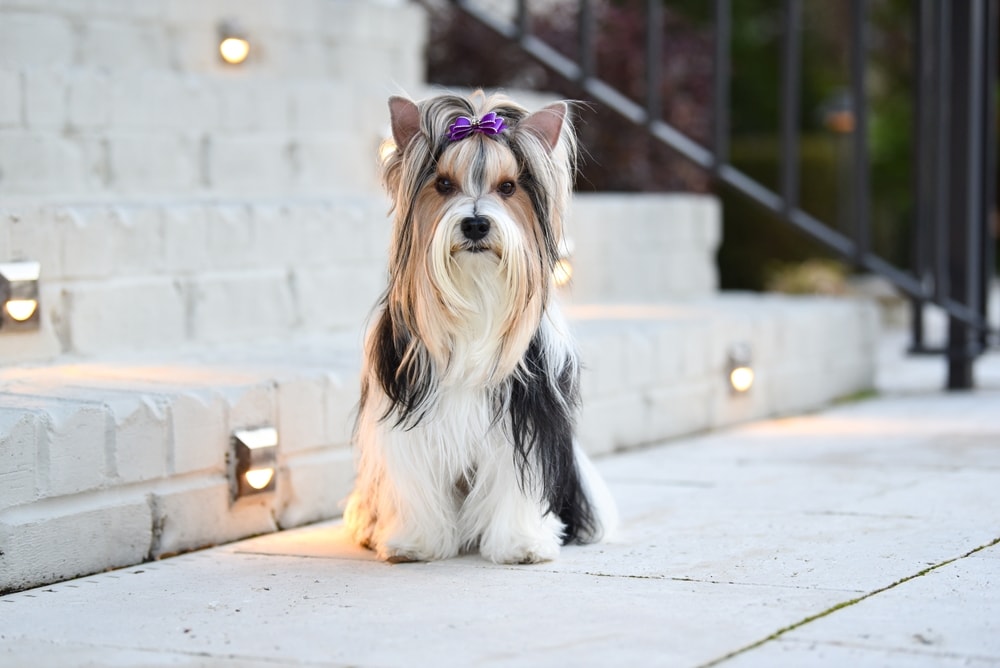
All dogs can experience anxiety disorders. This includes separation anxiety, which is exactly what the name suggests. If your dog has formed a bond with you and doesn’t adjust to being left alone for periods, they may experience separation anxiety. However, past experiences and genetic predisposition may also affect a dog’s likeliness to develop separation anxiety.
It can be incredibly stressful for your dog and can cause unwanted and potentially destructive behaviors in your home. While young dogs are usually the most affected by separation anxiety, some dog breeds are more genetically prone to it than others.
This article will discuss the various dog breeds that are more likely to suffer from high separation anxiety.
The 12 Dog Breeds with High Separation Anxiety
1. Yorkshire Terriers
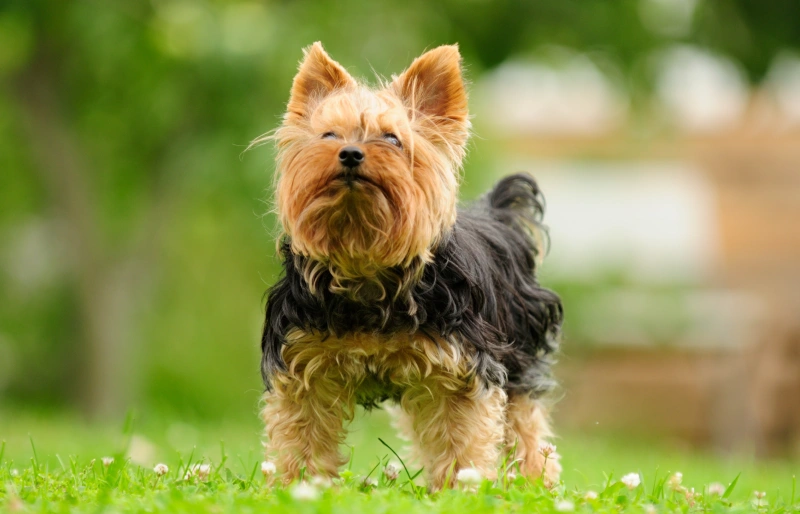
The Yorkshire Terrier, or simply, the Yorkie, is a small dog breed that originated in England, and they make popular pets. Most Yorkies are very playful and sociable with people and can become stressed and overwhelmed when they are left alone. Young Yorkies are particularly affected by separation issues that need to be solved through training.
A highly anxious and stressed Yorkie may whine, bark, chew, or urinate around the house. This can happen when your Yorkie is left alone at home for various amounts of time and becomes legitimately stressed by your absence. Most Yorkies do not grow out of this behavior, and your dog will need help becoming less anxious when they are left alone.
2. Border Collie

The intelligent and medium-sized Border Collie is susceptible to separation anxiety when they are left alone for a long time. Border Collies may become unusually stressed and restless when you go to work or leave the house for a couple of hours, which can lead to various unwanted behaviors like barking and whining. With training, instruction, and plenty of enrichment while you are away, your Border Collie may overcome their separation anxiety. Since Border Collies need a lot of mental and physical stimulation, boredom may also present itself as separation anxiety in this dog breed.
3. Jack Russel Terrier
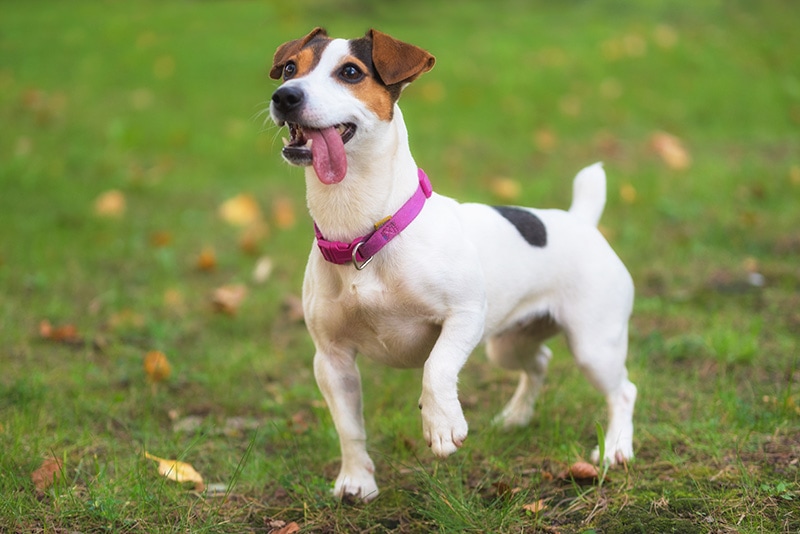
Jack Russels are small dogs that are known for being barkers and are highly people-orientated. A young or anxious Jack Russel may develop separation anxiety if they are suddenly left alone for hours without prior training. A stressed and anxious Jack Russel will bark, whine, chew, and get up to no good while you are away.
Separation anxiety can also cause your Jack Russel to urinate around the home due to their anxiety. With the right training and enrichment activities, most Jack Russels will be able to keep themselves busy and learn that being left alone is going to be part of a routine during their day.
4. Vizsla
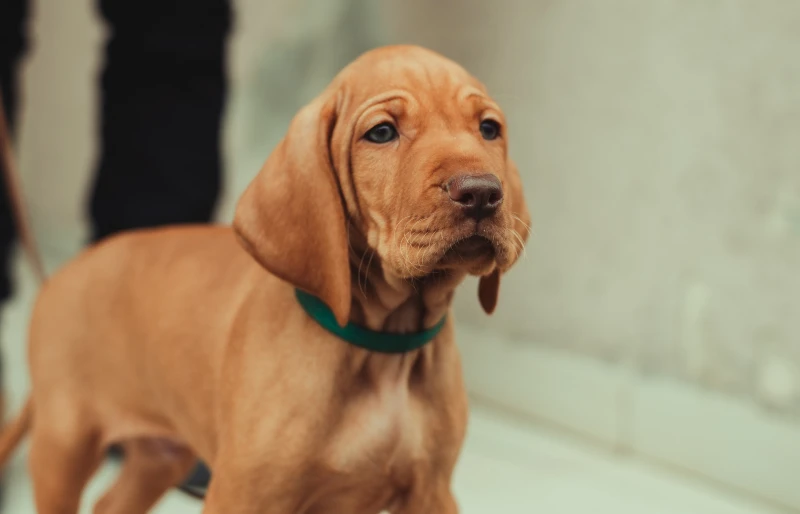
The Vizsla is a medium-sized Hungarian dog breed known for their short and reddish coats. Vizslas are often described as “Velcro dogs” since they want to be around people all the time.
This can become a problem when you need to leave them alone for a few hours, resulting in howling, whining, barking, and other unwanted behaviors. These dogs are highly prone to becoming anxious when they are left alone, even as adults. This makes it important to start training your Vizsla as soon as you get them. It allows them to receive the right amount of training and guidance to become accustomed to being alone.
5. Great Danes

The gentle giants of the dog world, Great Danes, are not only very big dogs but also highly loving and affectionate. Great Danes form strong bonds with their owners, and they can become overwhelmed and anxious when they are left alone. Both young and adult Great Danes are prone to high separation anxiety, so training and desensitization are going to be important from the start.
6. Labrador
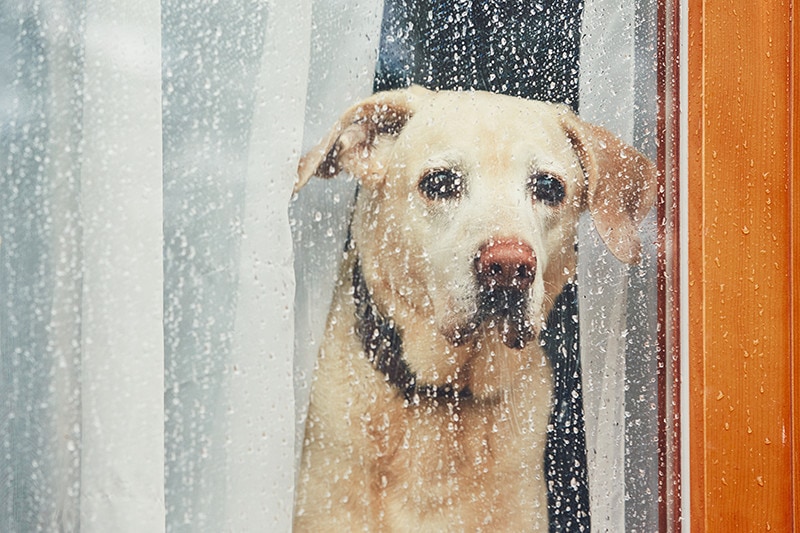
The affectionate and playful Labrador is prone to separation anxiety, which can lead to unwanted behavioral issues. These dogs can form strong attachments to their owners and often don’t know what to do when they are left alone. This can lead to feelings of stress, anxiety, and fear, causing your Labrador to bark, whine, or become destructive in the home.
If a Labrador puppy doesn’t receive the necessary training and treatment for their separation anxiety, it will cause problems in their adulthood. While it may seem cute that your Labrador puppy always wants to be around you and gets upset when they can’t be, it is stressful and overwhelming for them.
7. Cavalier King Charles Spaniels
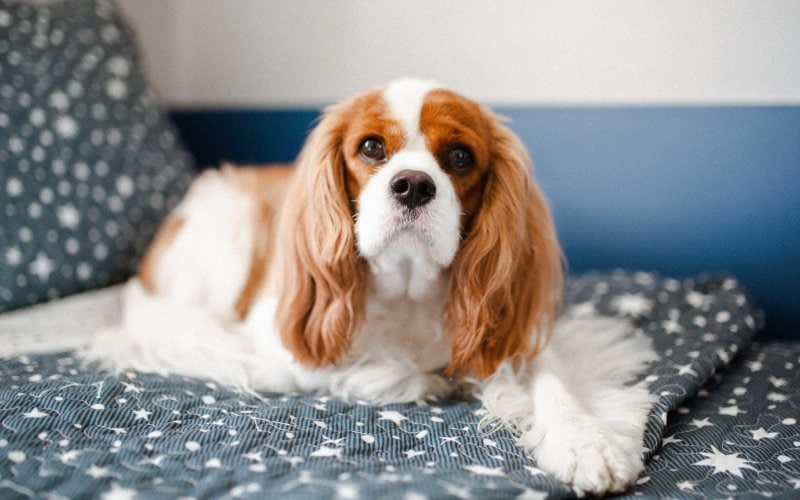
The silky-coated Cavalier King Charles Spaniel has a reputation for developing separation anxiety. These dogs are usually very fond of their owners and enjoy spending every minute with them. When it’s time to be left alone, some Cavalier King Charles Spaniels can show signs of separation anxiety that must not be overlooked. This is especially common when they are still young. You may need to have a certified separation anxiety trainer (CSAT) to work with your spaniel to overcome their separation issues.
8. Bichon Frise
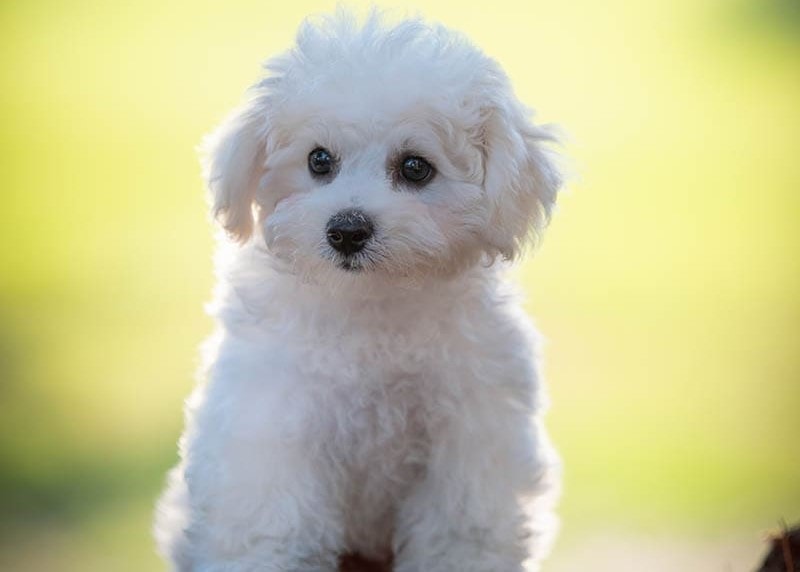
As companion dogs, the loving Bichon Frise is a dog breed that is considered highly prone to developing separation anxiety. They easily bond with their owners and generally enjoy being surrounded by people. When they are left alone for long periods, they can get distressed and show signs of separation anxiety.
This can make them feel overwhelmingly stressed and fearful, resulting in unwanted behaviors like whining and destruction. Separation anxiety can affect your Bichon Frise as both a puppy and as an adult, making it important to consult with a certified canine behaviorist for guidance in severe cases.
9. Chihuahua
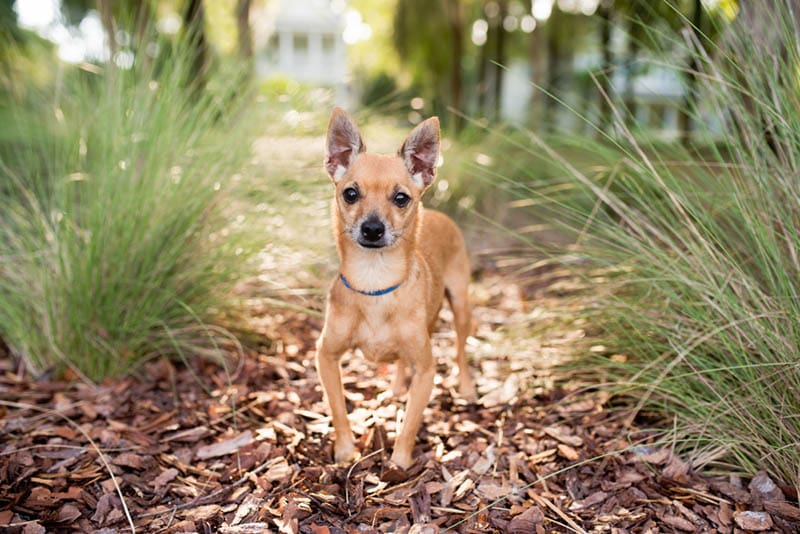
The tiny and highly affectionate Chihuahua is one of the smaller dog breeds that are known to develop separation anxiety. Chihuahuas can quickly get attached to their owners and want to spend as much time with them as possible. Since Chihuahuas can quickly get comfortable doing everything as a team or family, they may have difficulty adjusting to being left alone for a long time without help.
10. Maltese Poodle
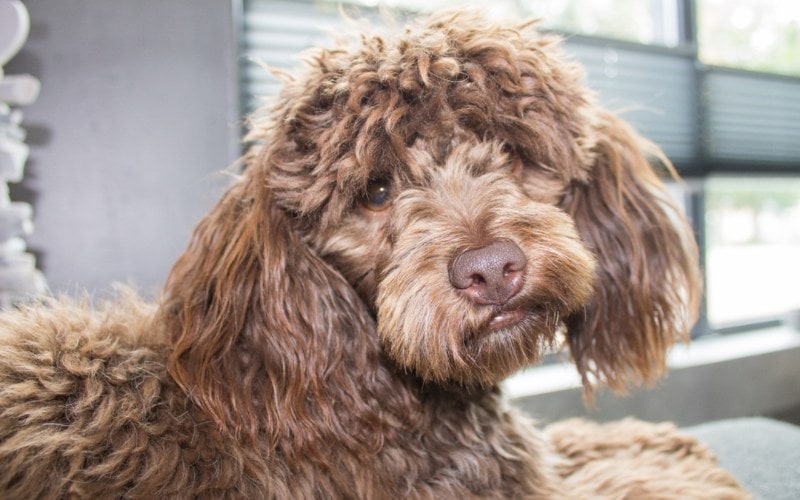
The Maltese Poodle may be more sensitive to environmental changes than some other dog breeds, making them more likely to experience separation anxiety. This can make it difficult for you to leave them alone while you need to run errands or go to work. Separation anxiety can also manifest itself as destructive behaviors while you are away, such as barking, whining, chewing, or escaping. Your Maltese Poodle may need a lot of time adapting to life while you are away, making training crucial.
11. Pomeranian

The Pomeranian is a small toy dog breed that forms close bonds with their owners and enjoys human companionship. However, this may lead a Pomeranian to develop separation anxiety when they are separated from those they love. Without their owner, Pomeranians may experience emotions like anxiety and stress that they struggle to deal with on their own.
12. Pugs
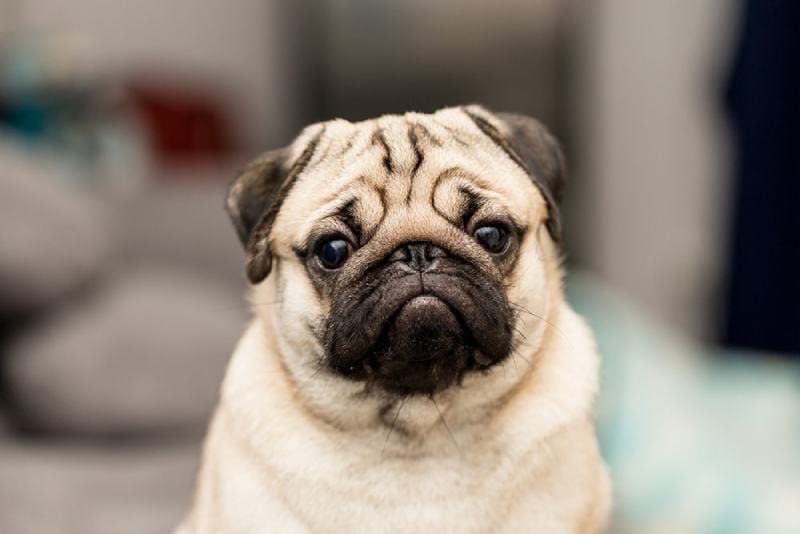
One of the most recognizable brachycephalic dog breeds is the Pug, which also happens to be more likely to suffer from separation anxiety. Pugs were developed as companion animals, and they are known to form close bonds with their owners and people. Even as adults, some Pugs may still have difficulty with separation anxiety and need patience and proper training before they start to get more comfortable being alone.
Conclusion
Although these dog breeds can experience separation anxiety, it doesn’t mean that they are guaranteed to develop it. However, these breeds may have a higher chance of developing separation anxiety than others and it can negatively impact your dog’s life in several ways.
If your dog does suffer from this anxiety disorder, seeking help from either a certified separation anxiety trainer, veterinarian, or canine behaviorist can help your dog overcome this.
Featured Image Credit: Dominique Bradette, Shutterstock

